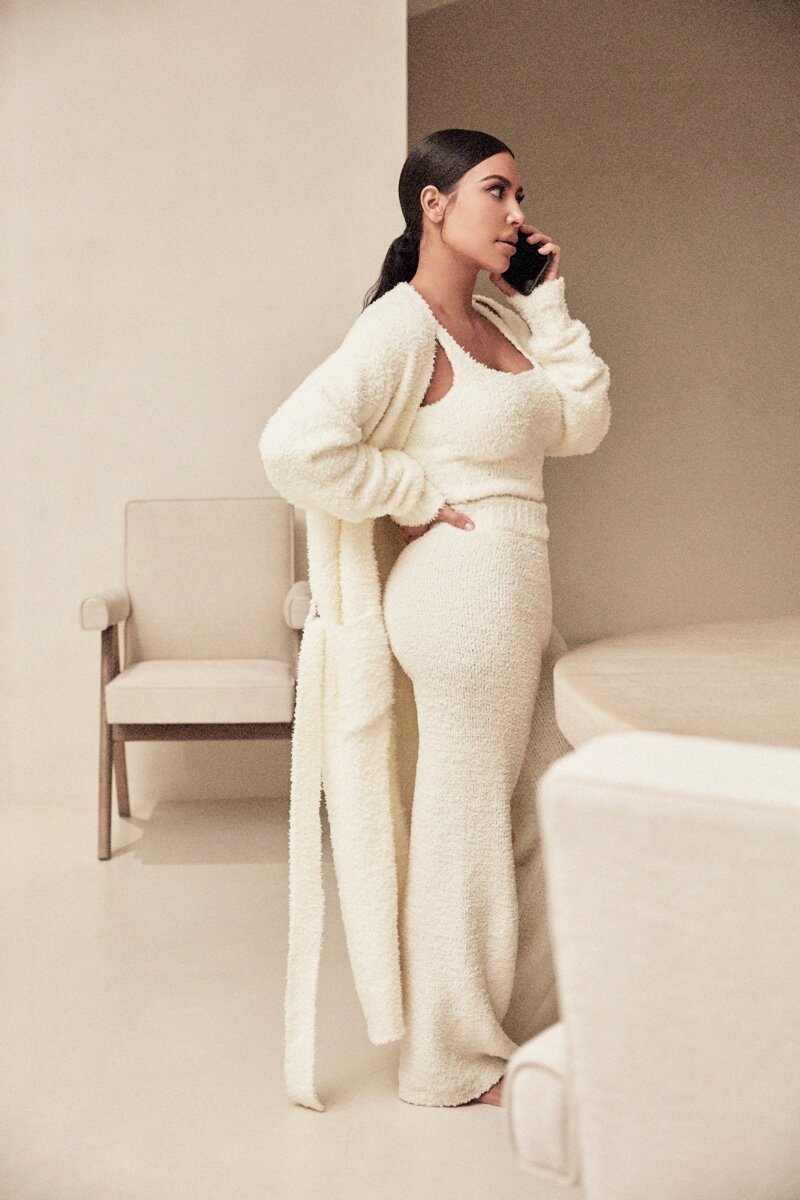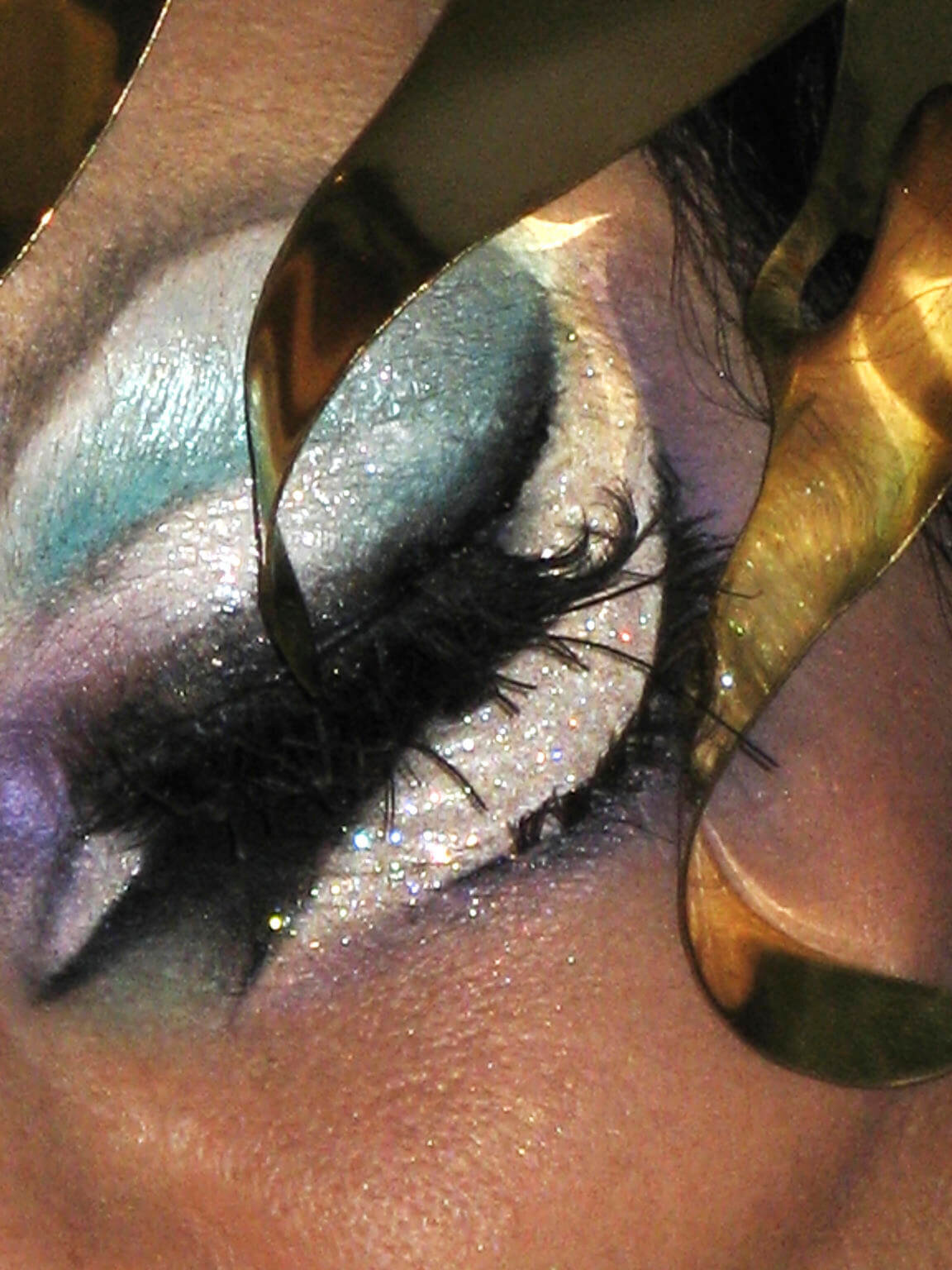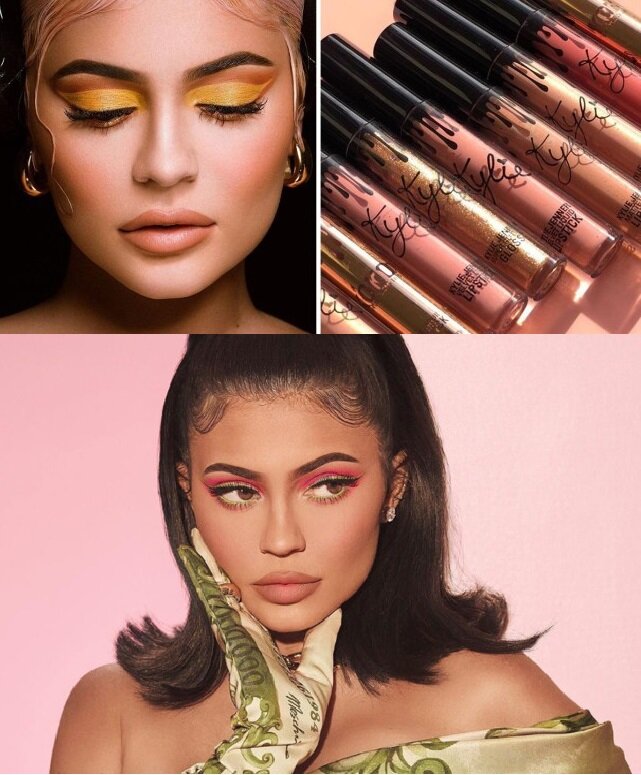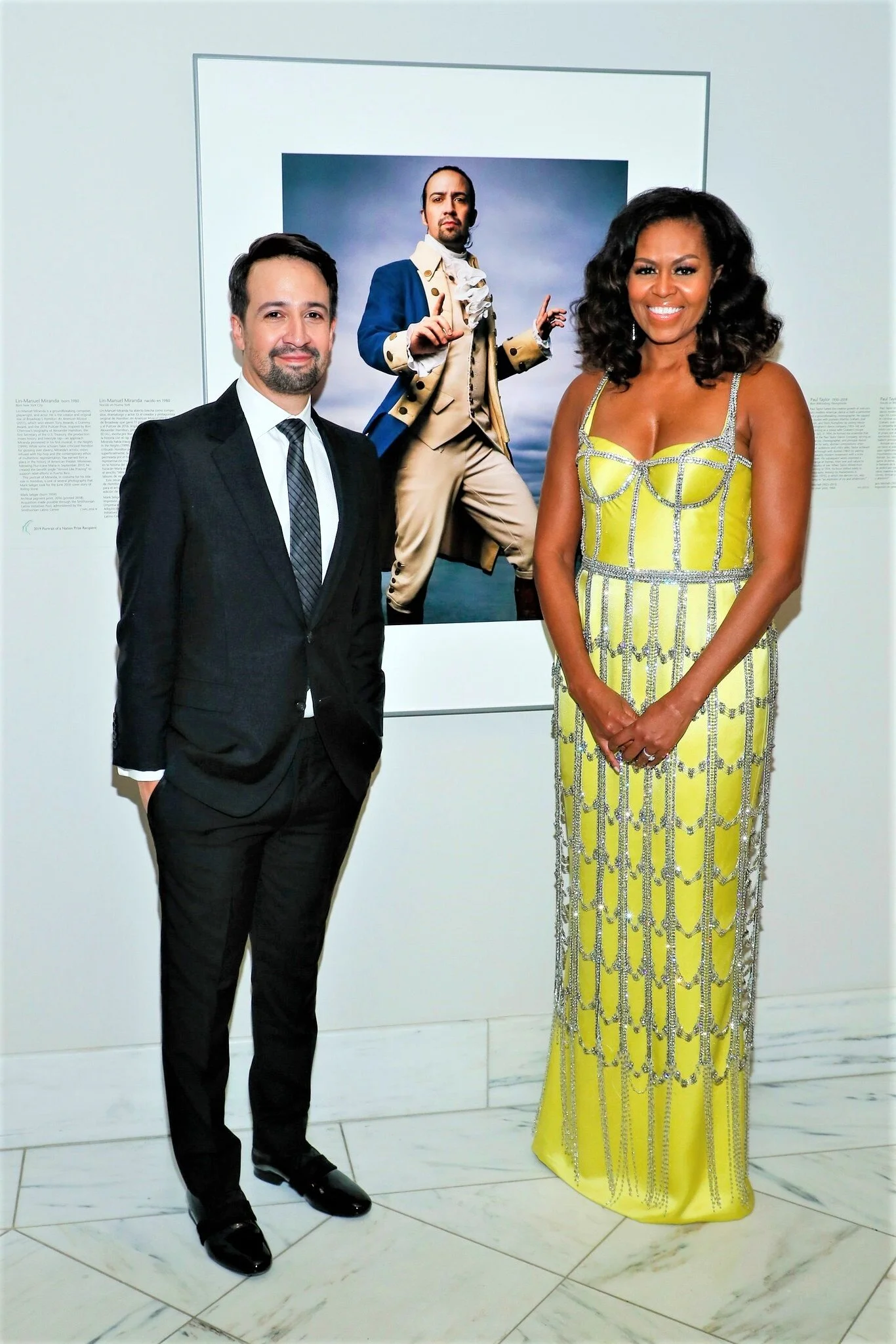Zestra | Media Censors Again Double Standard Female Sexuality
/ I can be such a dunce. Why would I assume there’s any kind of media network parity when the suject is advertising a female sexual enhancement product vs Viagra, Cialis and other drugs that assist erectile dysfunction and male impotence?
I can be such a dunce. Why would I assume there’s any kind of media network parity when the suject is advertising a female sexual enhancement product vs Viagra, Cialis and other drugs that assist erectile dysfunction and male impotence?
There are moments when I crawl out of my blind alley of ignorance and into enlightenment, reading the NYTimes article For Female-Aphrodisiac Makers, Effort at Parity.
Writing numerous articles about the double standard the governs promoting female sexuality vs male sexuality in the media, why would I assume that Zestra can advertise its medically-proven product for women?
I would call the Zetra media problem an example of a ‘double standard’, if I wasn’t familiar with the Zestra clinical trials, which have been published in the Journal of Sex & Marital Therapy. Having worked on a competitive product to Zestra several years ago, I am well aware that the product works.
Four-Hour Erections Are Fine for Children
The general public, including children, are regularly bombarded with prime-time TV phrases like — in the case of Cialis — see a doctor for an erection lasting more than four hours. But Zestra, a product focused on female sexuality and female pleasure, is not suitable for TV, radio and most Internet advertising.
From May to December 2009, Ms. Braun Scherl, the president of Semprae Laboratories, which manufactures Zestra, and Mary W. Jaensch, Semprae’s chief executive, shopped a Zestra ad around to about 100 TV stations. With the exception of Soapnet Women’s Entertainment and Discovery Health, many either refused or placed certain parameters on the ads, writes the NYT.
About Zestra
Female Sexual Pleasure Is Not Allowed By Media Censors
Zestra didn’t fare better in placing radio ads, where they were told to remove the words sex and arousal from their the message. Facebook pulled an ad that read “Zestra Essential Arousal Oils — Try Zestra for Free”, saying that Zestra was promoting adult content on Facebook. Representatives of Facebook refused to discuss their decision with Zestra executives.
“Double standards abound when it comes to advertising anything having to do with our private parts,” said Robert J. Thompson, a professor of television and popular culture at Syracuse. “Commercials for erectile dysfunction products, which discuss not only sex but the hydraulic processes involved in having sex have played during major venues like the Super Bowl. They boldly tout male sexual pleasure as a commodity: an erection in a bottle.” via NYTimes
Thompson agrees with Anne of Carversville’s expressed position that the reluctance to allow products like Zestra to be advertised to women is grounded in America’s subliminal, puritanical fear of encouraging female sexuality as a positive force in women’s health and well-being.
Reading the press release that Zestra sent Jezebel this summer, I do agree that they are taking a sexually adventurous marketing position in their promotion of the Hampton Jitney Zestra inserts. Male sexual dysfunction ads are couples-oriented. Zestra’s current marketing strategy is not.
The double standard against Zestra is just another example of the blatant — and possibly unconstitutional — discrimination against women in the selective advertising of sexual products. This double standard also includes ads about tampons and even dating ads for older women and younger men.
The facts of Zestra’s inability to advertise medically-endorsed, placebo-tested products in a media world drenched in commercials for male erectile dysfunction may be the most blatant double standard I’ve encountered.
The question is: now that I’ve crawled out from under the rock, what will I do about this situation. Anne
Anne Is irked with Broadsheet:
Zestra at Salon.com | Women’s Sexual Desire Belongs in Kitchen
More reading:
Grab Your Corsets, Ladies | No Vagina on Network TVs but Erectile Dysfunction Is OK? Turn It Off!
 TV Anchor Michael Hill Plugs G-Shot with P-Power
TV Anchor Michael Hill Plugs G-Shot with P-Power

























































